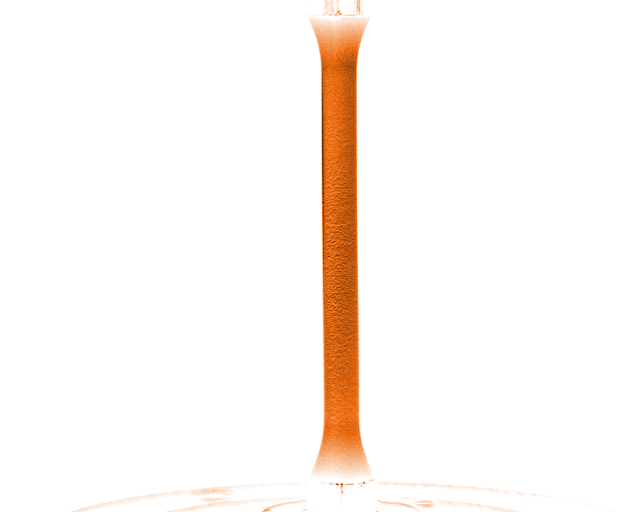Testing systems for thermal stress analysis
Test systems from edevis for thermal stress analysis (TSA) can record and visualise the mechanical stresses dynamically introduced into components on test benches. This allows simulations of the stress behaviour to be validated or cracks and crack propagation in test specimens to be better detected and tracked.

Thermal stress analysis in a nutshell
Thermal stress analysis is used in bench or tensile tests. The test can validate or replace simulations, or provide accurate material parameters regarding failure behaviour. Crack growth can also be tracked with time resolution using the energy dissipated in the crack.
The infrared camera is precisely synchronised with the tensile testing machine in order to reliably detect even the smallest temperature changes. The TSA software TSAvis recognises whether tensile or compressive stresses are present.
How thermal stress analysis works
Like gases, solids also experience temperature changes when their volumes change. If a solid is compressed, it becomes warmer. A subsequent expansion leads to cooling. On average, no energy is converted in the elastic case. Sensitive infrared cameras are able to resolve the sometimes very small temperature differences that occur. We use these within the framework of our thermographic testing systems with lock-in procedures.